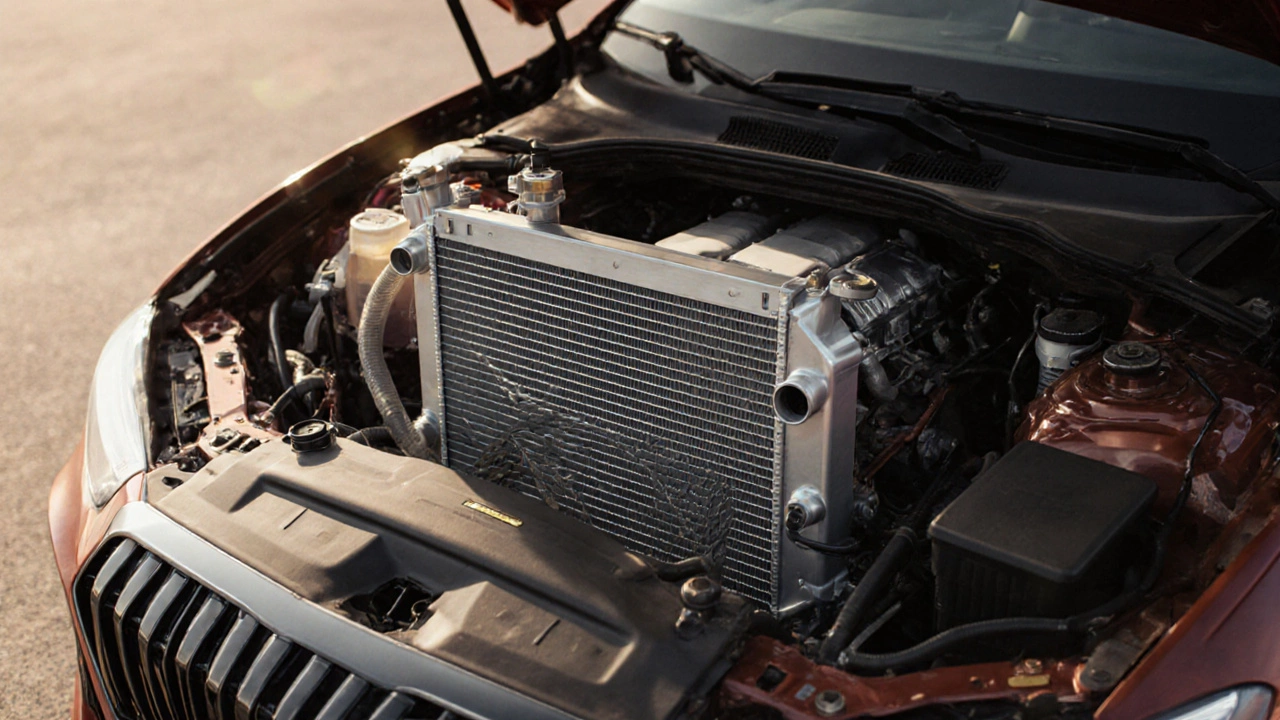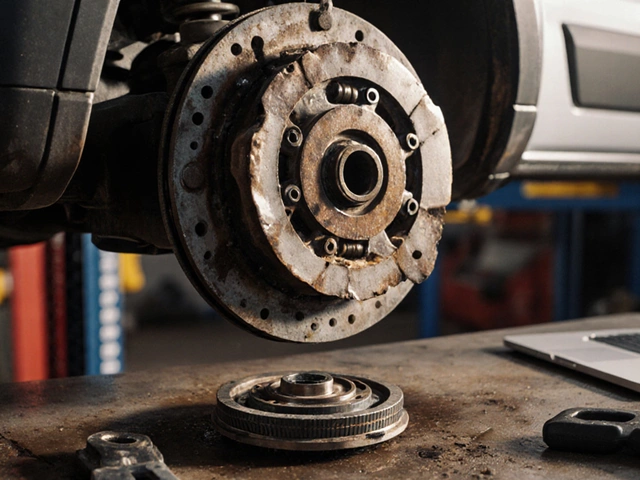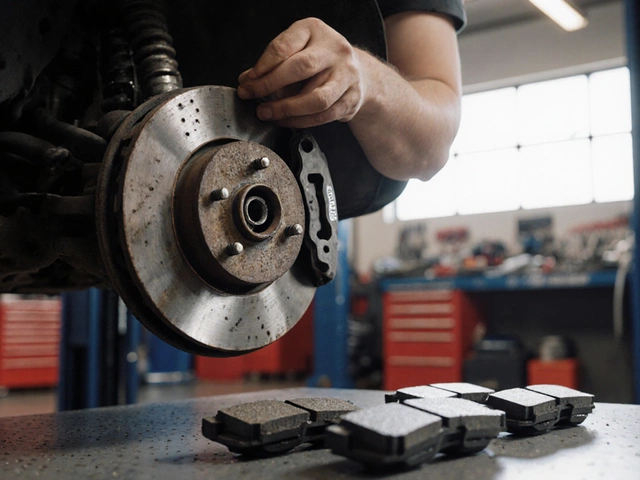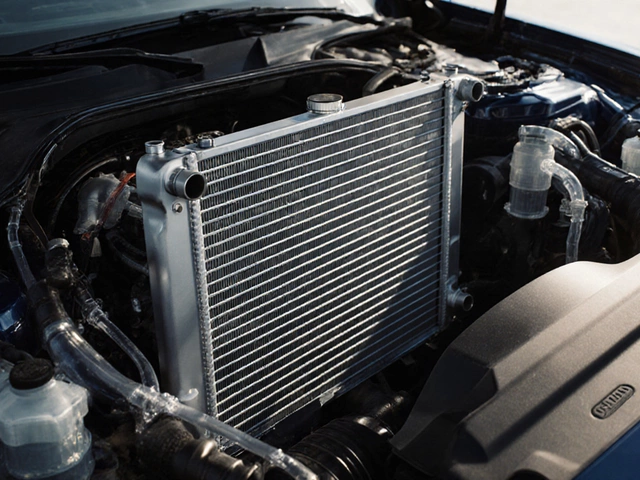
Radiator Replacement Interval: When to Replace Your Car's Cooling System
When your car’s radiator, a key component that cools engine coolant to prevent overheating. Also known as an engine coolant radiator, it’s not something you think about until your car starts steaming on the side of the road. Most radiators last between 8 to 12 years, but that’s only if you keep the coolant clean and the system free of leaks. In harsh climates or heavy traffic, they can fail much sooner. Ignoring early signs doesn’t just risk a breakdown—it can wreck your engine, and that repair costs ten times more than a simple radiator swap.
The engine cooling system, the full network of hoses, thermostat, water pump, and radiator that regulates engine temperature is only as strong as its weakest part. A failing water pump or a clogged hose can put extra stress on the radiator, making it wear out faster. And if you’ve ever seen brown, rusty coolant or noticed a sweet smell under the hood, that’s not just dirty fluid—it’s a warning your radiator’s internal passages are corroding. Electric vehicles still need cooling, even without a traditional engine. Their electric vehicle radiator, a compact, high-efficiency unit that cools the battery and power electronics works differently but fails just as dangerously if ignored.
There’s no magic mileage for radiator replacement, but most mechanics recommend checking it every 30,000 to 50,000 miles. Look for leaks under the car, odd temperature gauge behavior, or a radiator that looks crusty or discolored. If your car overheats even after topping off coolant, the radiator’s probably done. Some owners swap theirs as preventive maintenance at 100,000 miles, especially if they drive in stop-and-go traffic or haul heavy loads. The real cost isn’t the part—it’s the damage you cause by waiting too long.
What you’ll find below are real stories and guides from drivers who’ve been there. You’ll learn how to spot radiator trouble before it leaves you stranded, what signs mean you need a full replacement versus a simple flush, and how modern cooling systems—whether in gas or electric cars—can trick you into thinking everything’s fine until it’s not. These aren’t theory pieces. They’re practical, no-fluff advice from people who’ve fixed, replaced, or nearly lost their engines because they skipped the basics.
-
8 Oct






